What if the reflections
Of faith and belief, in my soul,
Are different from yours?
I might see a temple in the glass;
You might see a church spire.
Should we then fight
And argue and shed blood
Over what is right and wrong?
Surely, all these paths and reflections
Lead but to the innermost soul
Where resides the Force, the Being
That we believe in…both you and I.
Posts Tagged ‘temple’
I reflect…
March 7, 2017The Panchalinga temple, Begur, 161114
November 17, 2014Sometimes a lot of the hard work is done for me!
Arvind took Gayatri and me to the 1200-year-old temple of nagarEshwara in Begur. I thought I’d write about it, but
has done a great job of it!
The only difference after 6.5 years is that two rAja gOpurAs have been constructed, and will be consecrated today (17 Nov 2014). There are some rather unimaginative, but well-meaning, repairs in the temple, but the age old nagarEshwara shrine is still rather tottery!
Lovely video with the commentary in Kannada:
So, here are a few pictures I took.
A temple I saw before the Panchalinga temple:
A view of the Panchalinga temple:
The simple temple rathA (chariot) in a “garage” opposite the temple.
A rAjagOpurA under construction (it’s supposed to be consecrated today, and seems nowhere near done!)
The other one, more finished:
How can I have a post without birding in it? A migratory Spot-billed Pelican soars over the temple (the Begur Lake is close by).
The old shrine:
The small gopura:
The old part of the temple:
The tottering old nagarEshwara shrine:
the Nandi in front:
Small bas relief of Ganesha:
Getting ready for the deepOtsavA (lamp festival):
A yagnya being performed:
The low ceilings and granite pillars:
rAvaNA, the king of Sri Lanka, a great devotee of Shiva, and the “villain” of the epic, rAmAyaNA, as a vehicle for the god in procession:
Another such pallakki both are at the shrine of kAlikAmbA:
Shrine to sUrya nArAyaNA:
The view of the Nagareshwara shrine:
Hero stones and inscriptions in the courtyard:
A Ganesha carved out of a bullock horn:
View of the “staircase” to the gopura under construction:
It’s made of bamboo and bricks, earth-friendly materials instead of metal; looks rickety, but that’s what the builders are working with!
Another view of the temple:
A “vilva”(crab apple) tree in full fruition:
One of the trees in the courtyard:
Another one next to it:
The flower seller outside with her umbrella flying in the breeze:
I’ve put up some more photos on my FB album,
(especially those who like to see what everyday religious life is like Over Here!)
Day 7, VTP, Kudremukh: Sat, 240514
June 2, 2014Saturday, 240514, Day 7
There was an early-morning “Malabar Whistling Thrush” walk, the highlight of which was the sighting of the Blue-eared Kingfisher.
Sarath made a presentation on the tiger, the facts and figures of this charismatic animal. There were several inputs from VMR, regarding recent findings and theories.
VMR then talked about the Wildlife Protection Act and its ramifications, enforcement, and otherwise. Rather than a dry disposition, he showed the participants the other side of the Act…the ways and means that poachers and traffickers adopt, and the measures the Forest Department takes to counter them. The Forest Department is hobbled by limitations such as jurisdiction; the poachers are not limited in any such way. He showed the photographs of sandalwood being smuggled, especially “Rakta Chandana” or Red Sanders, as well as other trees like teak and mahogany. He mentioned how Red Sand Boas were trafficked for as much as Rs.20 lakhs each, during the Bellary mining boom. Other trees such as Durvasane mara, Saptarangi Selicia chinensis, were also being poached.
VMR talked about poachers-associates/ Carriers/ Middlemen and buyers, and the nomadic people..Pardhi, Bawaria, Bahelia, Banjara, Kalbelia, Kanjar, Sapera, Gujjars, Bangala…central to northern Indian tribes, called Khanabadosh, who are repeat offenders. The Bawarias rule now; they are from Panipat in Haryana.
The presentation was an eye-opener in the almost Bollywood-gangland-style operations of these poachers and criminals, and the way the Forest Department has to deal with old criminals and constantly arising new threats.
Every evening, there were informal sessions with VMR, Sarath and the participants, where a lot of information was exchanged, and a lot of bonding happened!
Finally, certificates were distributed to all the participants, who thanked both the staff and team of Bhagavathi Nature Camp and the team of KEDB and JLR for organizing and conducting the course so well. The participants dispersed with great goodwill, some of them staying back to enjoy the waters of the Bhadra river, and going down to Kalasa together and taking the overnight bus to Bangalore.
***************************
The day started with some great bird sightings from the Watch Tower, including this
WHITE-BELLIED WOODPECKER:
I got the id of this tree, Gordonia obtusa, from Arun Kumar. Apparently it is in the tea family:
Here’s the entire tree:
the
HANUMAN LANGUR
in the summers develop a slightly golden coat to go with the dry brown of the sere leaves:
Back at camp, the RFO’s and Forest Department personnel of all the 3 ranges: Kudremukh, Someshwara, and Bhadra, were introduced, and they were the people who gave us our certificates.
The obligatory group photos followed:
As the van to take us back to Kalasa was only in the evening, we had time to enjoy the check dam at the Bhadra river, which flows by the Bhagavathi Nature Camp. Here’s Prasad, sketching the scene:
Meanwhile, we spotted a
CHECKERED KEELBACK:
but that little snake didn’t deter us from wading, swimming, and boating in the river!
We were jampacked into the JLR vehicle, on the way back to Kalasa, I snapped this lovely building:
We stopped at “Ganga Tea Point” as Basava had told me the tea was excellent there. Here’s a little shrine:
The new leaves of the Peepal tree nearby were beautiful!
I was rather sceptical about the quality of education at Kalasa:
We walked up and down the single road of Kalasa town, and these two beautiful homes caught my eye:
This was a small eatery:
I liked the photo of the Malabar Gliding Frog at a photo studio and went in to meet the proprietor, Sudarshan, who said he had little cutouts of them:
I went over to explore the temple of Kalaseshwara,
and took this flash photo of the rathas inside the shed:
The temple was at one end of the single main road of Kalasa:
Here’s the view from the temple steps down the main road:
While we waited for the Bangalore bus, we sampled the food on many of the eateries on the main road (which, along with the steep twists and turns the bus took on the return journey, made many of us sick!), and then sat chit-chatting on the steps of the temple:
Prasad wanted to be a non-conformist, and sat on the other side!
I enjoyed this sign:
We bid adieu to Kudremukh, Kalasa and the Western Ghats, and went twisting and turning on our way down to Bangalore…the end to a very instructive and interesting training program!
Hosakote kere, Karnataka, 230213
February 23, 2014Kamal pinged me past 10pm yesterday…and off we went,early this morning, to Hosakote Kere, with Vasuki, and having picked up Binu on the way, too.
At the MCS (Mandatory Chai Stop).
We stopped at the bund of Hosakote Kere, with the sun still low in the eastern horizon, silhouetting the swallows…
A
BLACK-WINGED KITE
sub-adult seemed to have wings of black…and silver…
There were already other photographers at the kere:
And we joined them:
The marshy area of the kere was aglow with green algae:
I followed some PLAIN PRINIAS through the bushes:
Several WOOD SANDPIPERS waded around:
It seemed as if this GREATER CORMORANT was lifting its wings in benison:
PHEASANT-TAILED JACANAS strutted their paisley shapes about:
a vee-formation of Cormorants went past:
At full zoom, my camera caught these two SILVERBILLS on a little pot!
A GREY-BELLLIED CUCKOO delighted us very briefly:
A GLOSSY IBIS sat in the reeds
All of a sudden, a huge flock of ducks appeared in the sky, wheeled around, and came to settle in the waters of the kere. We watched, spellbound:
Two SPOT-BILLED PELICANS landed, and floated lightly about:
BLACK-WINGED STILTS were in plenty:
It was a stunning sight when at some mysterious signal they all took off:
There were many LITTLE GREBES:
A great sighting today by Kamal was of the
in the reeds of the lake. Alas, he could not get a shot.
There were many fishermen on the kere, in plastic coracles (though I saw the traditional bamboo ones on the bank, too.)
The trishool of the Gangamma temple was decorated:
The temple is the Om of the Goddess!
You can see Shiva sitting with Parvati, with Ganga on his head:
Everywhere, TENT SPIDERS had spun a mist:
We took a breakfast break, and went to Sri Krishna Upahar on the main highway:
On the bund, a borewell was being dug, and rice and freshly-caught fish were ready for cooking:
Birds:
Babbler, Jungle
Bee-eater, Small Green
Bulbul, Red-vented
Bushchat, Pied
Bushlark, Jerdon’s
Coot, Common
Cormorant, Great
Cormorant,Little
Coucal, Greater
Crow, House
Crow, Jungle
Cuckoo, Grey-bellied
Dove, Laughing
Dove, Spotted
Drongo, Black
Duck, Spot-billed
Egret, Cattle
Egret, Great
Egret, Intermediate
Egret, Little
Flowerpecker, Pale-billed
Francolin, Grey
Garganey
Grebe, LIttle
Harrier, Eurasian Marsh
Heron, Grey
Heron, Indian Pond
Heron, Purple
Ibis, Glossy
Jacana, Pheasant-tailed
Kite, Black
Kite, Black-winged
Kite, Bramhiny
Koel, Asian
Lapwing, Red-wattled
Lark, Ashy-crowned Sparrow
Moorhen, Common
Moorhen, Purple
Myna, Common
Myna, Jungle
Oriole, Eurasian Golden
Parakeet, Rose-ringed
Pelican, Spot-billed
Pigeon, Blue Rock
Pipit, Paddyfield
Prinia, Ashy
Prinia, Plain
Robin, Indian
Roller, Indian
Sandpiper, Green
Sandpiper, Wood
Silverbill, Indian
Sparrow, House
Starling,Rosy
Stilt, Black-winged
Sunbird, Purple
Sunbird, Purple-rumped
Swallow, Barn
Swallow, Red-rumped
Swallow, Wire-tailed
Swift, Asian Palm
Tailorbird, Common
Wagtail, White-browed
Wagtail, Yellow
Warbler, Blyth’s Reed
Warbler, Booted
Warbler, Clamorous Reed
Warbler, Great Reed
Sorry, didn’t keep track of butterfies today. Was somehow tired and a little sleepy, off my form!
Photos on my FB album,
I took two short videos; one, of a shimmering black line of Swallows, and a white line of Egrets:
Another of a flight of ducks, swirling over the lake, not landing but wheeling around:
Let me close with a pic of this bAginA (offering) that someone had made. A baagina usually contains a packet of arshina (turmeric), kumkum, black bangles, black beads (used in the mangalsutra), a comb, a small mirror, baLe bicchoLe, coconut, blouse piece, dhaanya (cereal), rice, toor dal, green dal, wheat or rava and jaggery cut in a cube form. The baagina is offered in a traditional mora (winnow painted with turmeric).
Udupi Temple Complex, Karnataka, 090214
February 13, 2014Having participated in the Manipal Bird Day, my friends Prabhakar and Savita
took me to the famous Sri Krishna temple at Udupi.
The
is the one that most devotees go to visit, but the Sri Krishna Matha is one of the
(mattha, or matt, or mutt…are different ways of spelling it), the eight monasteries, and their heads being:
Palimaru – Sri Hrishikesha Tirtha
Adamaru – Sri Narasimha Tirtha
Krishnapura – Sri Janardhana Tirtha
Puttige – Sri Upendra Tirtha
Shirur – Sri Vamana Tirtha
Sodhe – Sri Vishnu Tirtha
Kaniyooru – Sri Raama Tirtha
Pejavara – Sri Adhokshaja Tirtha
The ashta mathas are named after the villages in which they were originally located. Today, the mathas are situated in the temple town of Udupi. The mathas work to propagate the Dvaita philosophy. They also administer the famous Udupi Krishna Temple by way of a formal rotation scheme called
There are many, extensive buildings:
The Kaniyoor Matha
has two colourful dwAra pAlakAs (entrance guards):
Note the ornate pillars, too.
It was surprising to see a mango tree already fruiting in February!
The rathA (temple chariot) is majestic:
The wheels are of wood:
Here are some of views of the beautiful woodwork on the rathA:
(in the centre is a drum, which I think is beaten during processions.)
The ratna rathA (chariot of gems) was locked up, but one could peep in through a small window:
One “rathA” is made of the wood, but is more like a gOpurA (temple tower) as it is not set on wheels.
We went to the very first “udupi hotel”; today, Udupi cuisinee is one of the hallmarks of Karnataka cuisine, represented across the world.
We had masAl dosAs:
After the first assault, this became a “hol(e)y” masal dosa!
There are shops all around the complex, but this young man was selling his wares independently:
This is called an “appa kArai” in Tamizh; oil or ghee is poured into the little depressions, and sweet or savoury batter balls, called “appam”, are fried. My friend Shyama Priya tells me that the appa kArai pictured here are made of shale/claystone, and appams fried in them turn out golden!
My friends took the decision to move to Manipal from Bangalore, when their son Aditya studied there. It’s a move that they are very happy with; they are very involved with the student community in the university town, and are deeply involved with birding, theatre, music, and other activities.
They have a lovely “tree” bookshelf dividing their drawing and dining areas:
In the middle of a busy, happy life, Prabhakar knows how to relax:
Thank you to my dear friends for a very memorable visit! Will post about the Manipal Bird Day soon…
malE mahAdEshwarA temple, MM Hills, Karnataka, 120114
January 15, 2014is the Wiki entry for this beautiful temple, near which we stayed as part of the first Cauvery Wild Life Sanctuary (CWLS) survey, from 10th to 12th January, 2014.
Chandra Shikara:
(Shiva is known as Chandra Shekhara, One Who Holds the Moon Atop His Head, so I found this image appropriate!)
I’ll be writing about the Survey, and our adventures during, and after it….but to me, one of the bonuses of participating in such surveys is the opportunity to know this land of mine, her people, and her heritage, a little better.
Male Mahadeshwara Hills (Kannada: ಮಲೆ ಮಹದೇಶ್ವರ ಬೆಟ್ಟ) is a pilgrim town located in the Kollegal taluk of Chamarajanagar district of southern Karnataka. It is situated at about 150 km from Mysore and about 210 km from Bengaluru
click here for info about MM Hills.
Now…the Maley Mahadeshwara temple….apparently,this is not a temple to a god, but a human saint!
The temple complex was built by a rich Kuruba Gowda landlord called Junje Gowda.According to legend, Lord Male Mahadeshwara was born in the Kaliyuga to a fair coloured virgin woman known as Uttarajamma. In his boyhood, he has spiritually guided by the then pontiff of Suttur Mutt and Kunthur Mutt. The young saint is supposed to have come from Srishaila to this part of the state. He is said to have performed several miracles, living in the dense forest area surrounded by seventy sevehills in seven circles. Six centuries ago, it was not a safe place for human habitation. The young saint went in to the forest area, to save the saints who were performing penance and were taken captive by an evil king known as Shravana who possessed powers of black magic.
Shiva-Parvathi:
Three chariots:
The chariots are pushed into the temple at dusk:
The professional singers of the epic story of Lord Mahadeshwara are called “Devara Guddas” (God’s mountain) and ‘Kamsaleyavaru’ (those singers who keep time with ‘Kamsale” –bronze cymbals). The song and dance routine is called Kamsale.
Kamsale putting their Sloth Bear caps on people’s heads to bless them, and ask for money:
Kamsale is closely connected with a tradition of Shiva worship. The artistes are drawn from the Haalumatha Kuruba Gowda community and are initiated into this profession very early in their lives and after initiation, they are required to lead a very discipllined life, as prescribed by tradition. Only those who have vowed to live a life of devotion to Mahadeshwara are supposed to perform kamsale. The dance is a part of a ‘deeksha’ or oath and is taught by a teacher or spiritual leader. Kamsale artists are illiterates and have no printed literature. They learn those songs orally. They participate in fairs, which are held in Mahadeshwara hills during ‘Diwali’, ‘Shivaratri’ and ‘Ugadi’ festivals.[3] Hence, Mahadeshwara is also known as Kurubara Devaru or Badawara devaru Madappa
“Chellidaru Malligeya” is a famous folk song that describes the devotion and worship of lord Mahadeshwara.
There are a lot of shops in the temple courtyard.
We went looking at the brassware:
Here are the bells for cattle (gejjE):
Votive torches are lit and carried around:
Another view of the temple:
and at night:
My country is dotted with such treasures…
Composition in red, Ramadevara betta, 040114
January 5, 2014Hands in their prayer pouches, the devotees of Swami Prabhupada descend the rock steps from the Sri Rama Temple at Ramadevara betta, in Ramnagaram, Karnataka.
Red is the colour of worship,that I associate with the Hindu religion, and temples. South Indian temple walls are always painted with vertical red-and-white stripes; vermilion, an auspicious powder used in pUjA, is red (and gives its name to the very colour)….red was the colour of the sacrifices that used to be offered to the gods in the times of yore…
I just happened to look up the path (I was looking for the Yellow-throated Bulbul, to show a birder friend from Kerala) and this vision of Red struck me….
Snake Temple (nAga dEvathA dEvasthAnA), Hennagara Lake, 301213
December 31, 2013While on the birding trip, we visited the large Hennagara lake, and Prashanth, who lives in Jigani and seems very knowledgeable about the area, pointed out he nAga dEvathA temple at Hennagara Kere (lake).
Here’s the temple, on the lake-bund (raised bank):
The rock on the right was the original object of worship and veneration:
Prashanth told me a very interesting piece of folklore connected to this temple. In the several centuries that this lake has been in existence, he said, the lake has never overflowed in a flood situation. The people of the area venerated this rock as the “nAgA” (snake, or more specifically, cobra) that “drank up” the excess flood waters, and prevented the lake from ever overflowing its banks.
I wondered if, perhaps, there was some sort of water conduit under this rock that led away excess water to other water bodies around (such as Haragadde…Prashanth tells me many of these lakes are inter-connected)…and whether that might account for it. But since I have no way of finding out….I’ll put it down to that intangible thing that yet moves mountains: Faith.
An open-air part of the temple also has various carved figurines.
the old rock images, and some new carved ones, facing the kere, have been covered by a cement structure quite recently.
The image of the nAga dEvathA in the new temple faces the other direction, and there is also a shrine to Ganesha and to Parvathi.
The trash that every temple in our country seems to generate, alas:
The surrounding area of the temple was strewn with the ghee packets, milk packets, agarbathi packets, and old flowers from previous pujas. It seems strange to me that we venerate our gods but do not want to even keep their temples clean!
Just outside the temple are these there hOma kuNdA, where ritual offerings are made to fire (agni) to convey to the gods. They, too, seem in disuse:
We have a million such temples, scattered around our countryside, each with its own interesting mythology and tales. One could spend a lifetime listening to these chronicles!
Chaalis Saal Baad (CSB): Class Of Seventy Three, IIM-A (COSTIIMA) Ruby Jubilee Reunion, 12-151213
December 25, 2013My arrival at Ahmedabad…sunrise on the 12th morning:
For many years, KM’s class from IIM-A has been meeting every year in December, with families. I liked the group immensely, and started the egroup for the alum, too. Our families grew together, and we bonded even more than classes do in the usual way. So I felt very comfortable going for the reunion.
For many years, KM’s class from
has been meeting every year in December, with families. I liked the group immensely, and started the egroup for the alum, too. Our families grew together, and we bonded even more than classes do in the usual way. So I felt very comfortable going for the reunion.
The IIM-A logo of the Bodhi (or Peepal) tree:
The description of the logo, by Annie Paul:
“Siddi Saiyad Jaali, one of the screen windows at the Siddi Saiyad mosque in the centre of the old city. The arched, semicircular window portrays a beautiful Peepal tree with curving, sinuous, intertwined branches, intricately carved out of yellow stone to give the effect of filigree. There is also a palm tree in the centre. It is a stunning example of sixteenth-century stone tracery decorating a mosque built in 1573 by a Siddi General.”
It’s stylized in the new campus:
The famous architecture by Louis Kahn:
Here's my account of the reunion, which will be published in the IIMA Alum Magazine (er, I am afraid they are still politically incorrect and call it the Alumni Magazine.)…I've interspersed with my SMS.
Before writing of the ruby reunion, one must mention a very interesting fact about COSTIIMA (Class Of Seventy Three, IIMA).
Unlike most other batches that have a reunion once in a while, this class is one that’s been meeting regularly, with families, for the past twenty years. The result has been that not only have the alum bonded ever more deeply, but also the spouses, and the children have grown up together.
Here are most of us, at the first session:
The ladies at the dinner gathering:
The first initiative to meet was taken by Rajan Sanghi, in the days before the internet. Once started, the annual gathering was so popular that the families met every year.
As various people took on the job of hosting the meets, the class combined fellowship with tourism. Venues like Jaisalmer, Ranthambore, Indore, Kodaikanal, Aurangabad and Naukuchiatal (Gadwhal) enabled the class to meld more and more into one extended family.
The coming of the internet enabled everyone to keep in touch. There was a concentrated effort, for many years, to get everyone on the egroup that had been started,and to locate their various co-ordinates,and create a database that would be regularly updated. It now includes even the children, their spouses, and grandchildren!
Of late, the alum had been using the auspicious occasions of their children’s weddings to gather, but there was also a meet at Kumarakom, which was well-attended.
From the end of 2012 and the beginning of 2013, Shashi Kant Sharma, who lives in Pune with his wife Manju, had been gearing up for the CSB. The venue was self-evident…it would be the alma mater, of course. After all, for landmark events, we all return to the ancestral home!
Shashi drew up a schedule that competently straddled the fine line between too many and too few activities.
Shashi the organizer, on the 12th evening, gearing up:
Several others pitched in to contact friends, and it was a triumph for the class that from 12 to 15 December, no less than 39 alum (including 2 of the 3 women who graduated in the class)…. that is, about 33% of the class…. attended, some with their spouses, and one with his son.
At the Kasturbhai Lalbhai Management Development Centre (KLMDC), those who arrived on the 12th exchanged notes, and some went for dinner to Vishaal, an ethnic Gujrati restaurant.
Food on a “stitched-leaf” (dona) plate at Vishaal:
The “Intro Session” on the 13th morning, overflowed with the happiness of meeting old friends…and making some new ones, too.
Shashi starting the session (how alliterative is that!)
Hairlines and waistlines were compared…one receding, and the other advancing! (no photos!)
Those of the class who were no more, were saluted with a minute of respectful silence.
Many alum shared their experiences of the first day at the campus.
Many contributed photos and write-ups for a “then-and-now” exhibition on the board.
At this session,
Soban Khan (PGP 2)
and Himanshu Bhatt of the Alumni Office were both present.
Post-lunch, while the spouses went to see Ahmedabad, the alum gathered for a session labelled IIM…Interaction on Institute Matters. The following people from the Institute were also present:
Prof. Ajay Pandy
Prof. Arvind Sahay
Prof. G. Raghuram
Prof.Rekha Jain
A message from Prof. Ashish Nanda was read out.
Prof. Rekha Jain gave an overview of the changes at the Institute, and asked the alum questions about what the alum had learnt from their two years, and how IIMA could help them at this stage of their lives, when the alum are in their sixties. Prof. Arvind Sahay talked about new initiatives relating to globalization and faculty development.
In the evening, at a sumptuous dinner by Kalpana Raval,
and her son Nikunt and his fiancee Dilbar,
at their sprawling home in Thaltej, the warmth of their hospitality dispelled the chill on the lawns. Also attending were Prof. and Mrs Abhinandan Jain, Prof. Arvind Sahay and his family, and Prof and Mrs Sasi Misra.
Kirit Raval, an alum, was the Solicitor General of India at the time of his untimely passing away.
On the 14th morning, the alums visited the Sun Temple at Modhera:
Our keepsakes were red tees and red caps, and the bus was red, too:
for my detailed post about the ancient, beautiful temple.
Resting at Modhera:
A temple on the way back from Modhera:
Lunch was organized at the Shanku Water Park Resort. Here we are (I took this from the top of one of the water slides)
Age-old transportation methods:
In the evening, there was dinner on the lawns in the “main” (read old) campus
I actually got into my own camera at the dinner:
The gathering, through a gate:
One of the class, Beheruz Sethna, was being honoured with the “Founder’s Award” the highest award conferred by the University of West Georgia. With the help of today’s technology, the group was able to briefly watch him accepting the award, live from the USA.
Post-dinner, at the Ravi Mathai Auditorium, Prof Kalro addressed us:
Various PGP 1 and 2 students entertained the gathering with their delightful talents.
PGP 1’s…very talented…entertaining us:
The alum and their spouses also took the stage in turn, providing a feast of music,dance, and humourous verse.
The humorous verse being provided by Vivek Pande:
We enjoyed listening and watching:
All too soon, it was the morning of the 15th, and the alum dispersed, having thoroughly enjoyed their time at the alma mater. The warmth of old friendships was cherished, and further strengthened.
COSTIIMA is now planning the next meet during December 2014….!
The flower of our friendship will never fade:

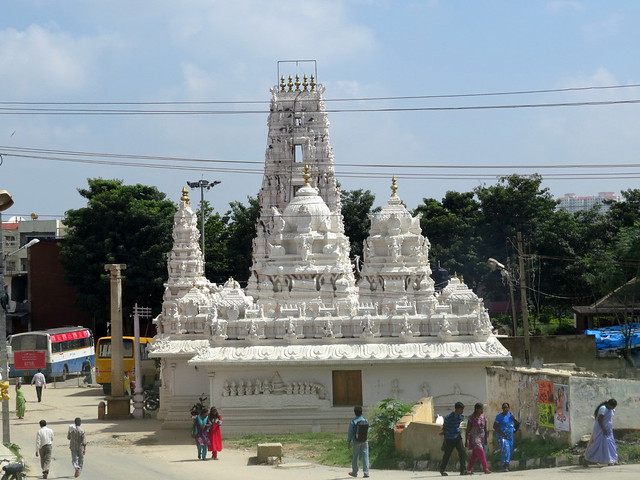

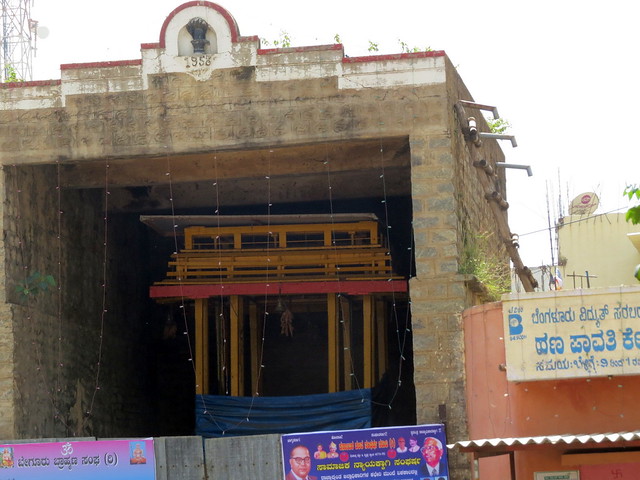
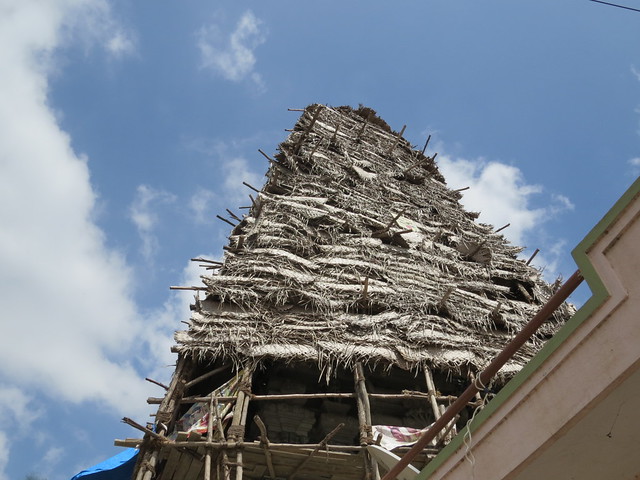
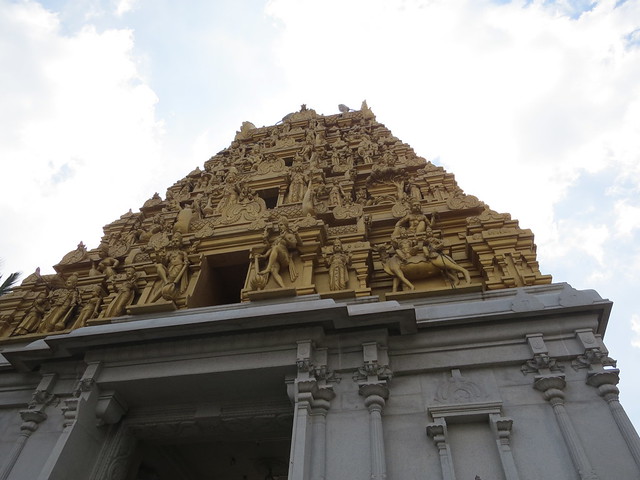
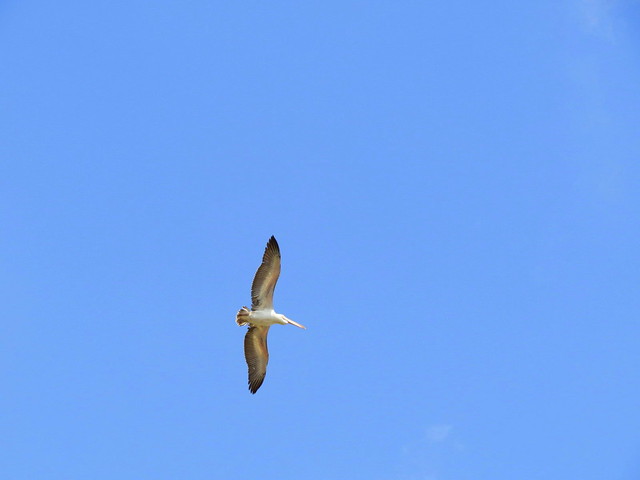
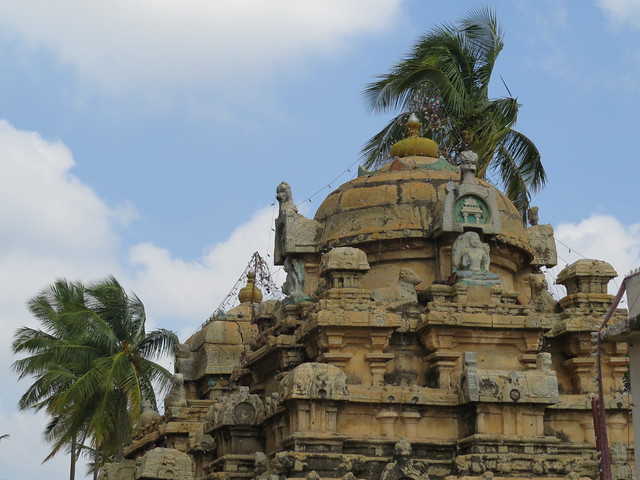
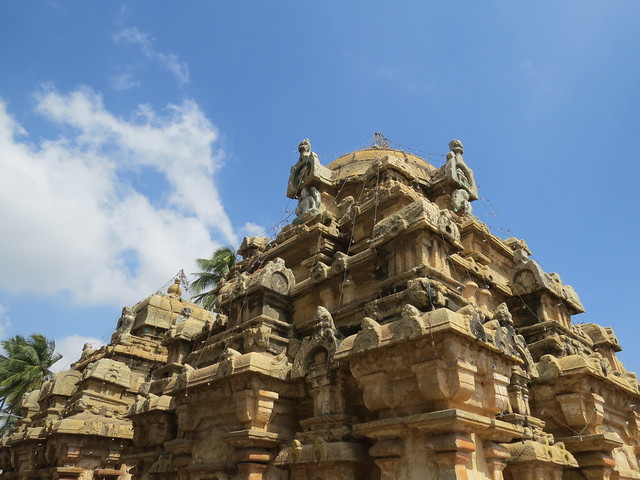

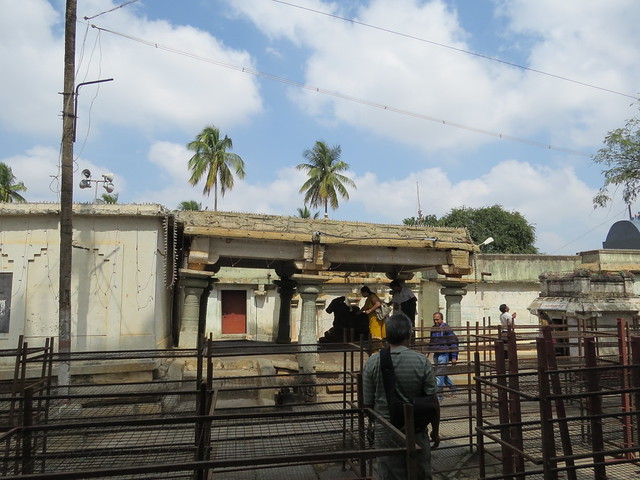
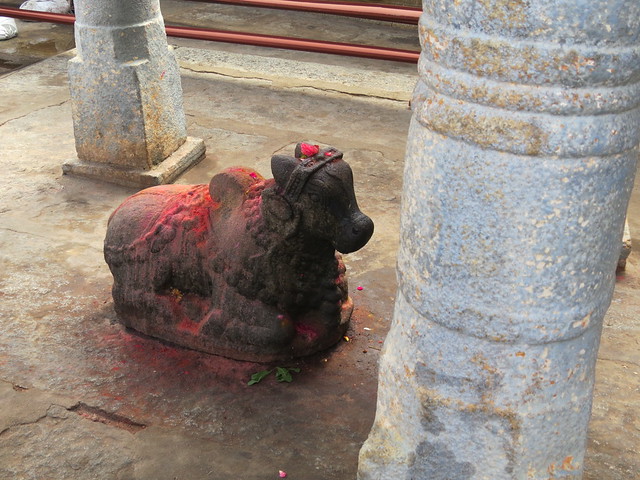
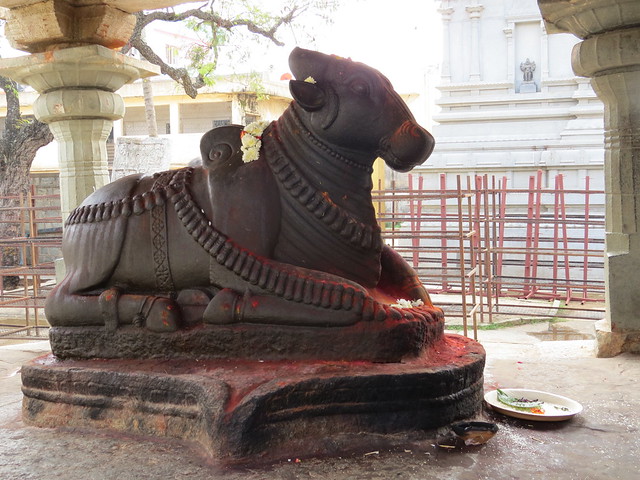
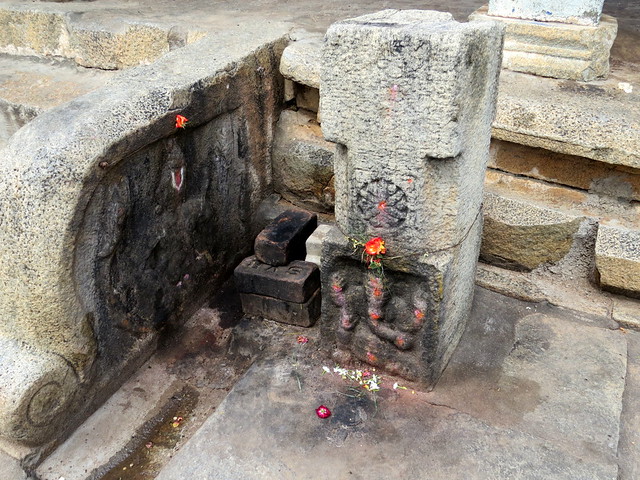
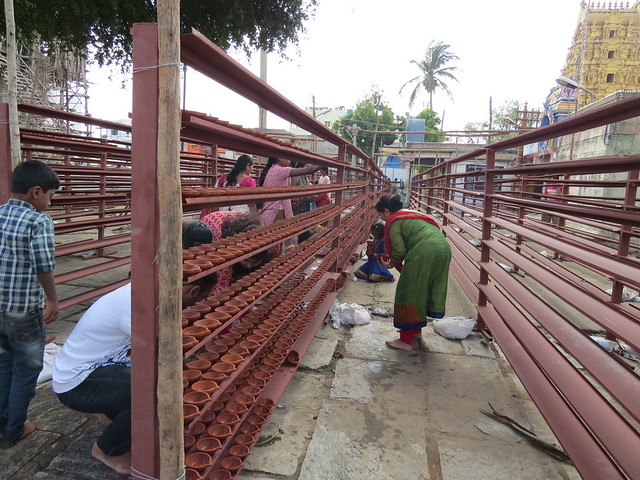

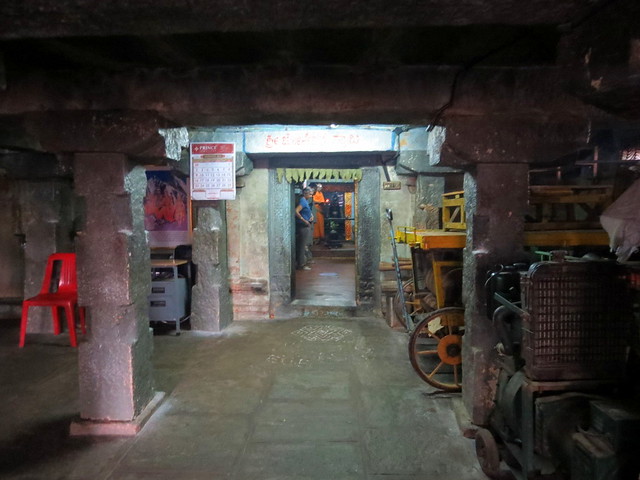
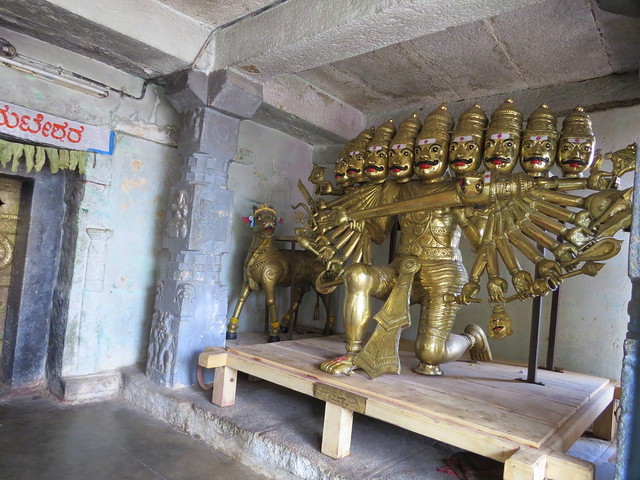
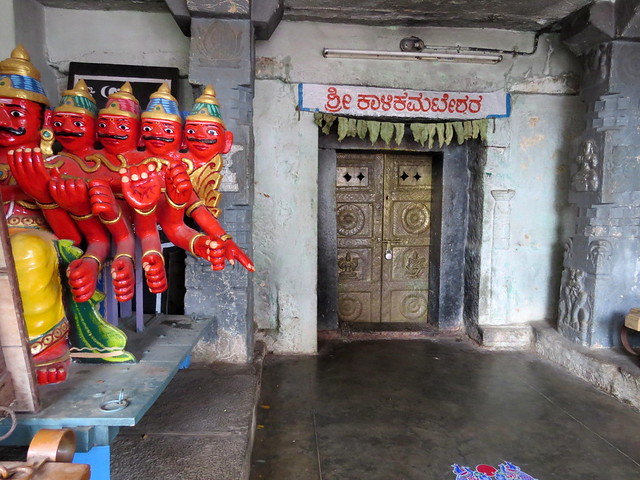

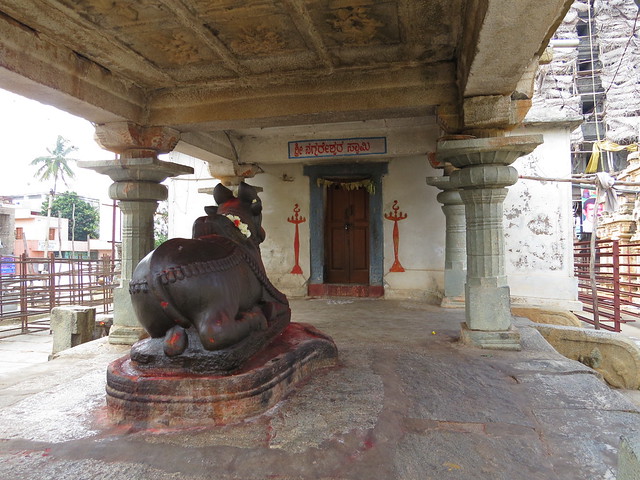
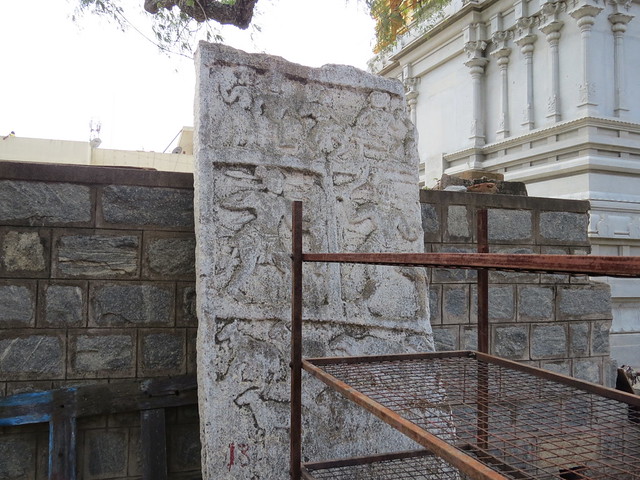
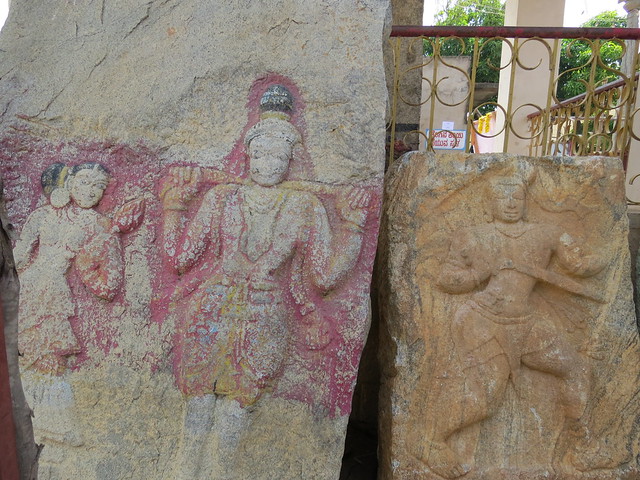
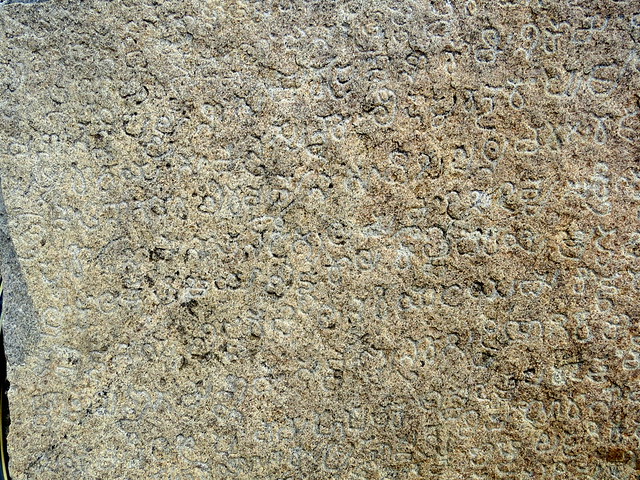
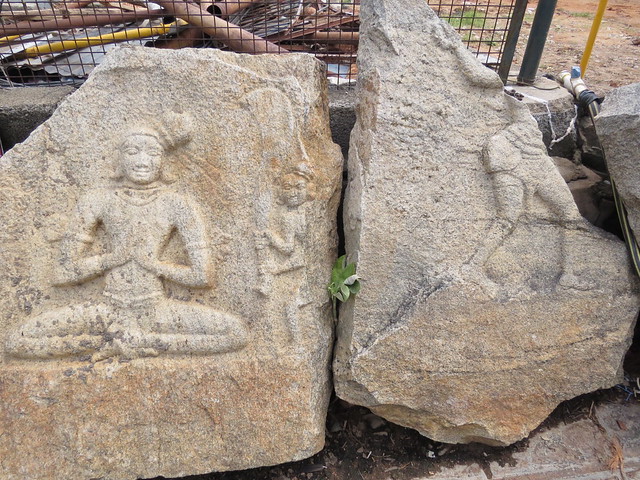

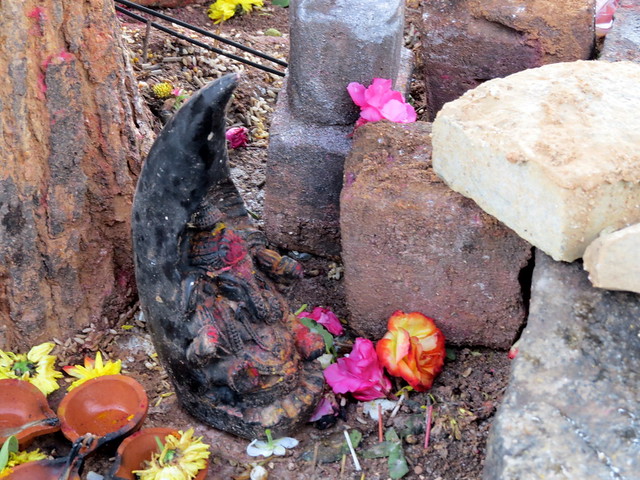
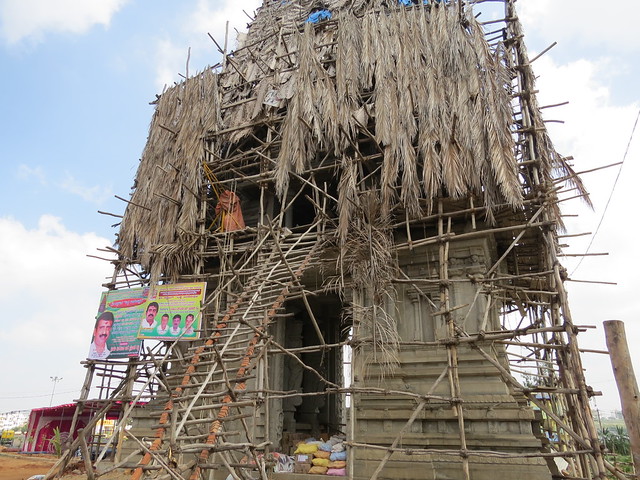
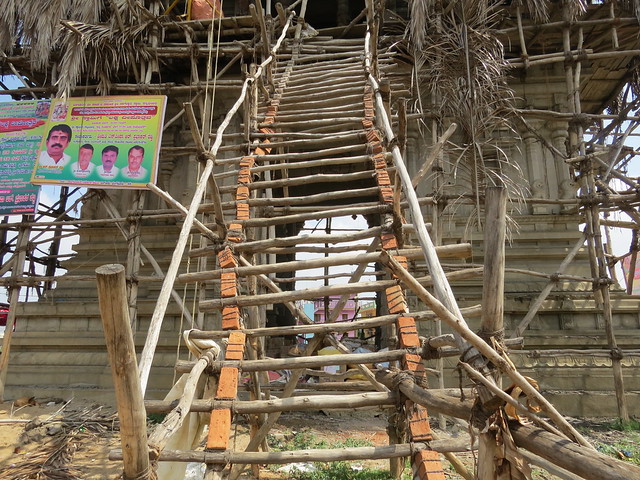
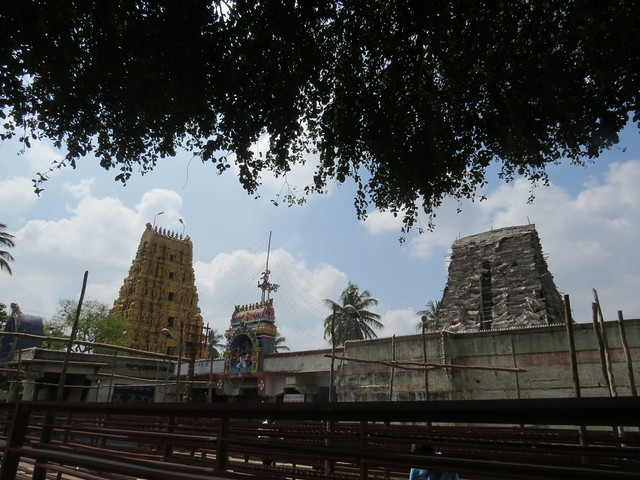
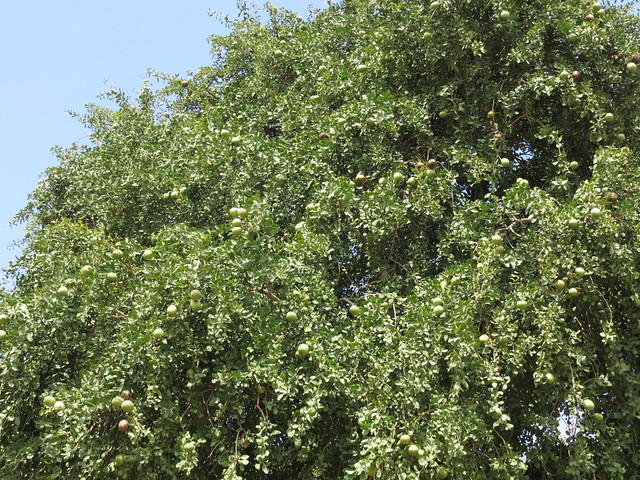



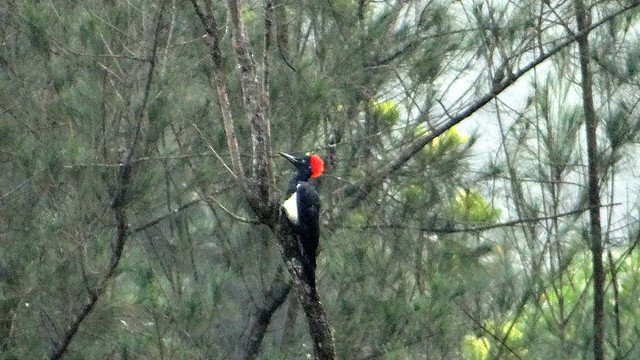
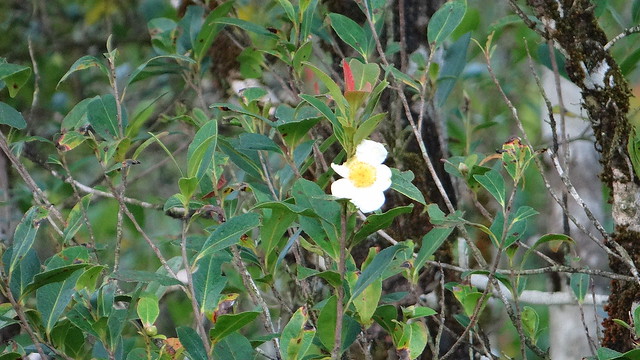
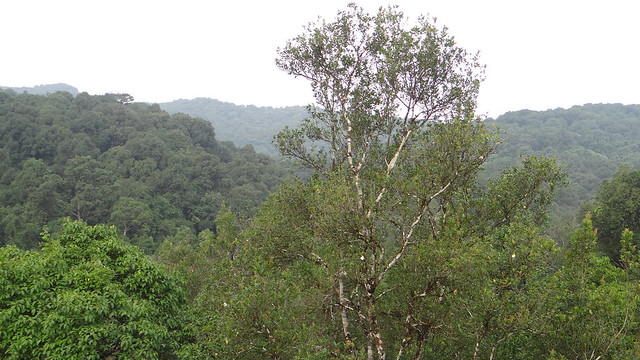
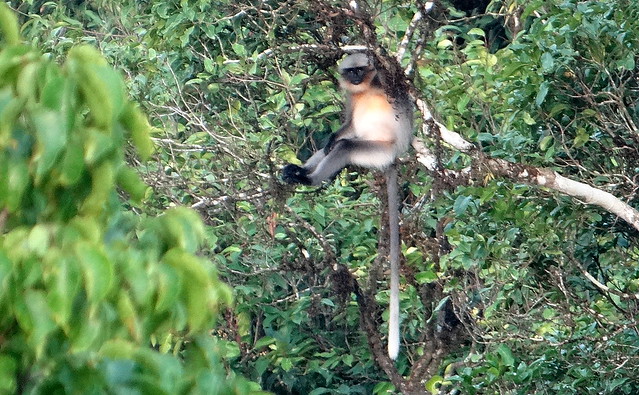
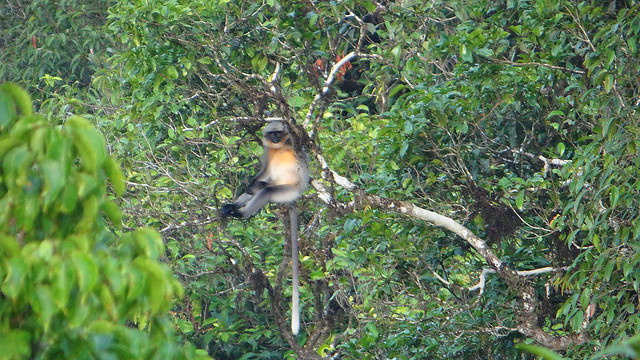
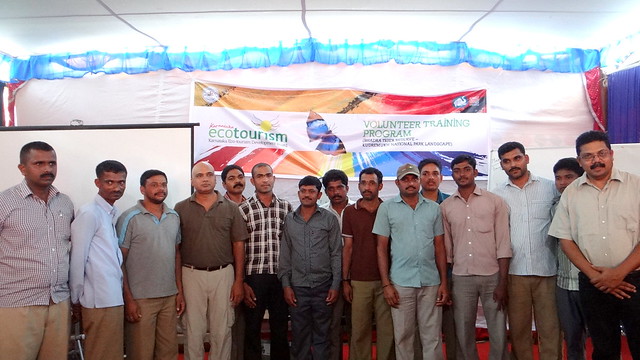
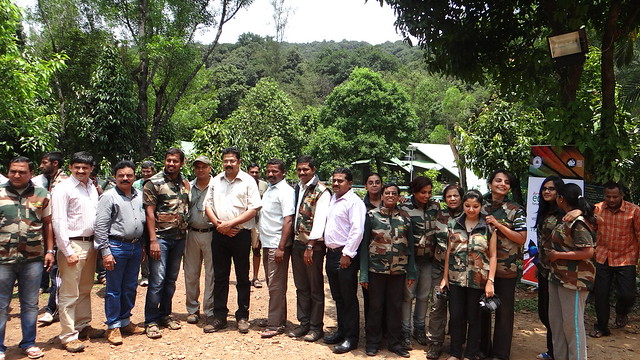
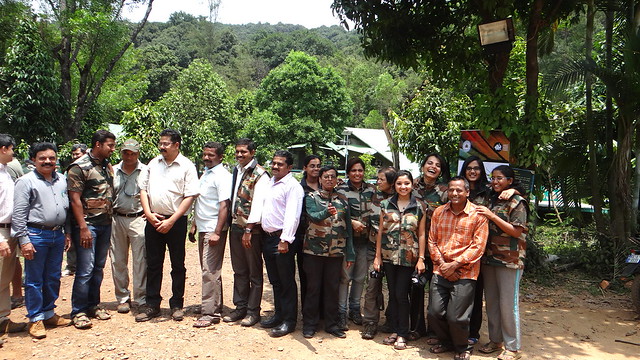

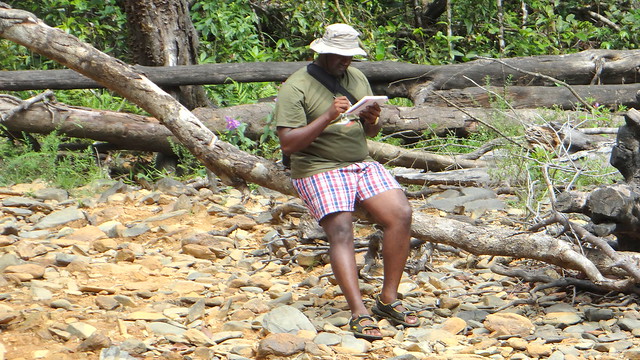
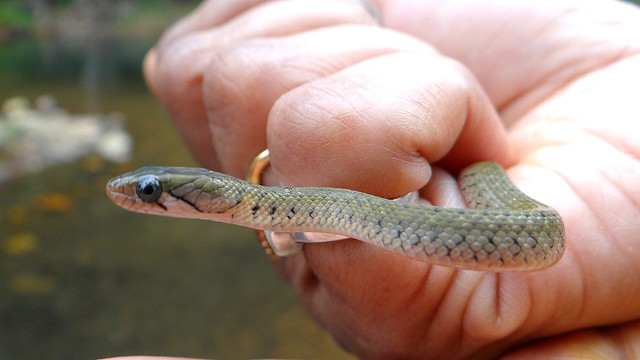

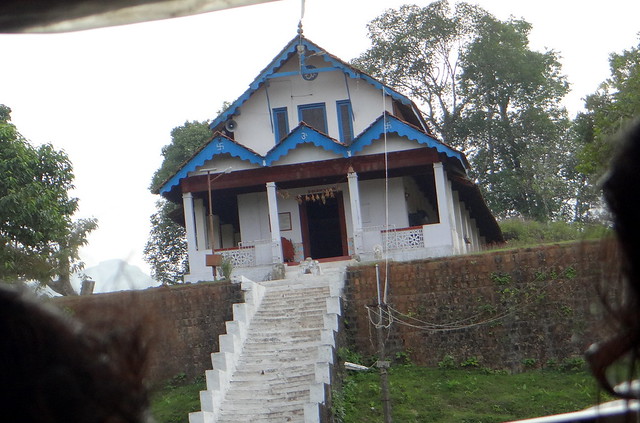

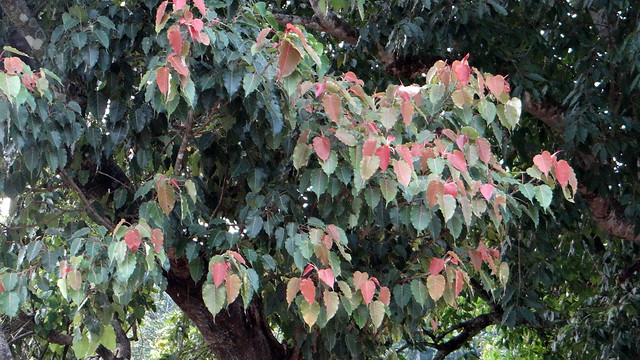
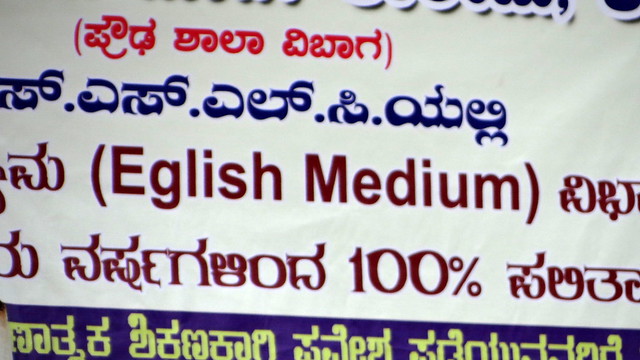
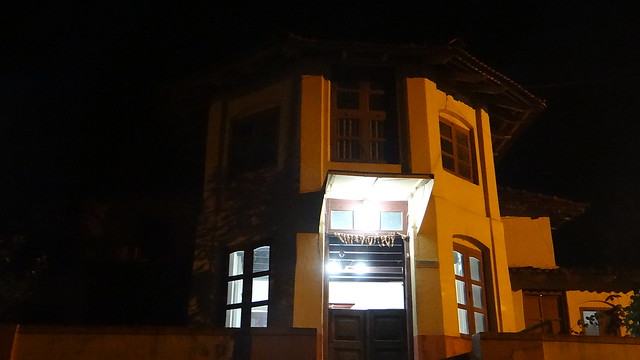
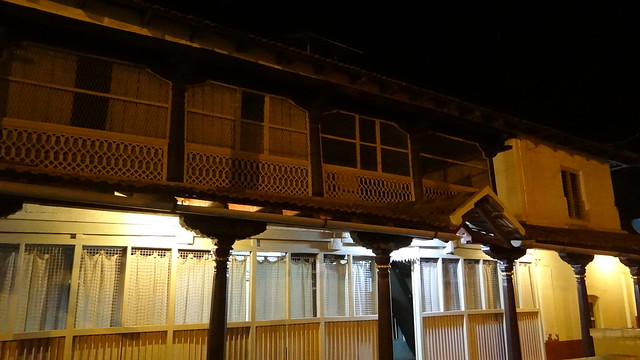


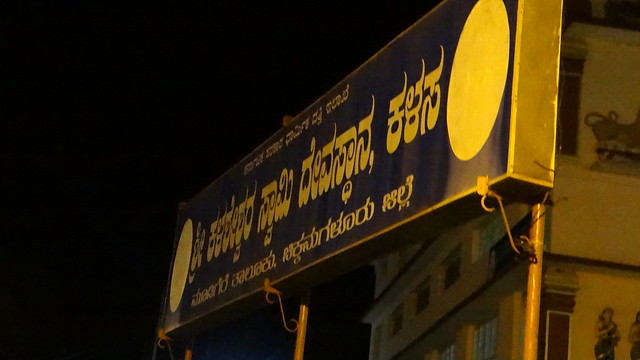
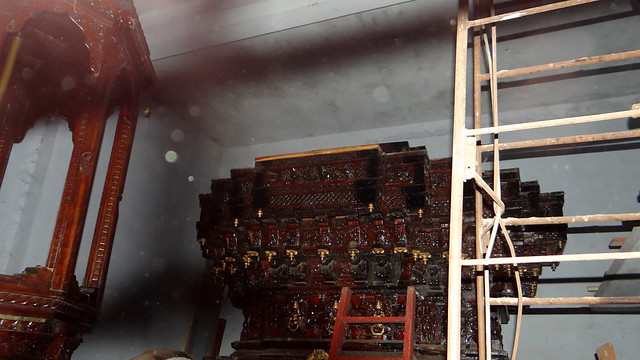
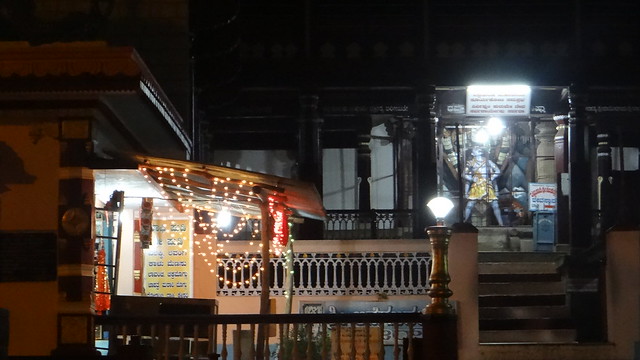
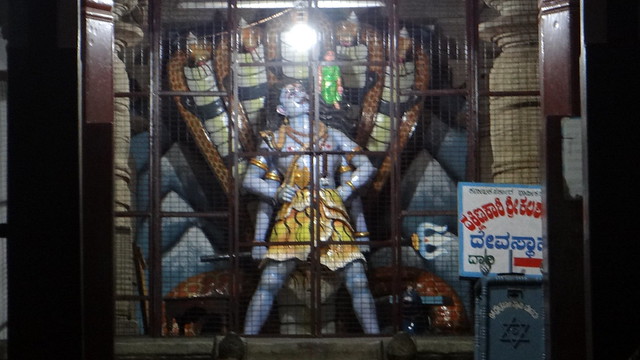
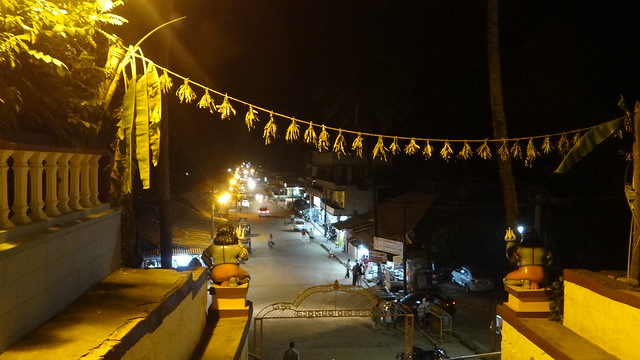
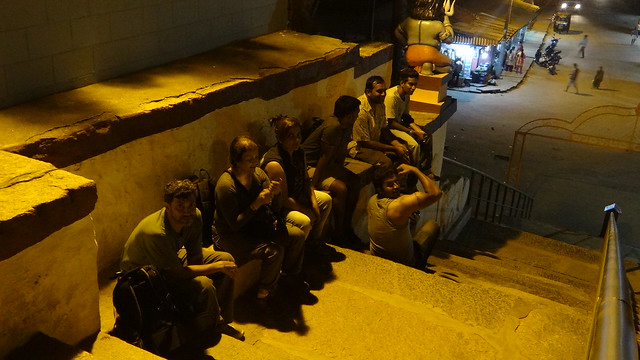
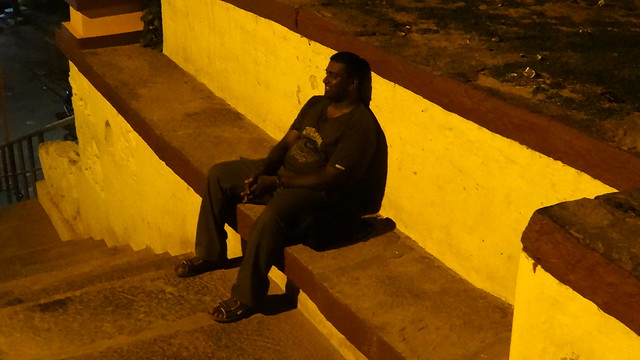

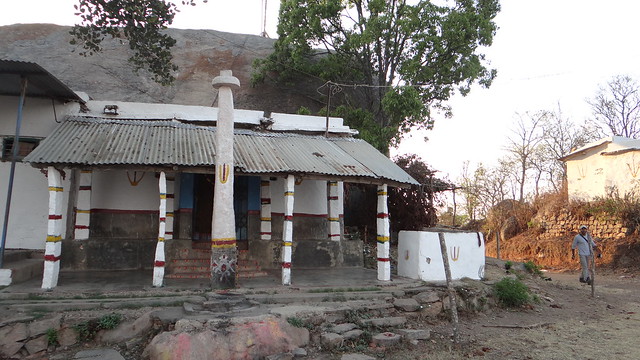

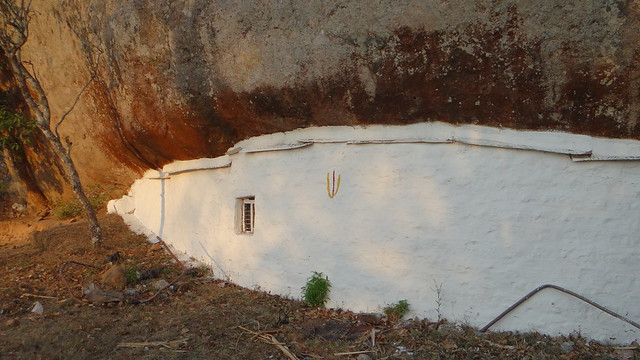
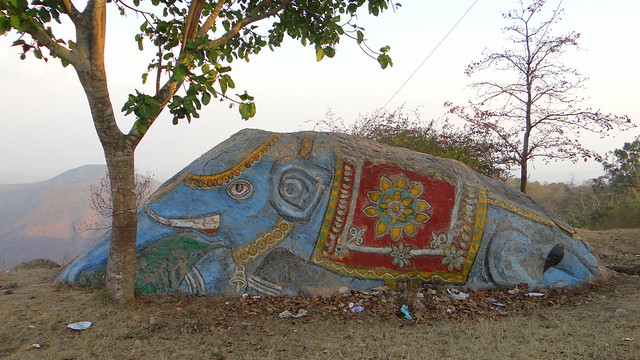
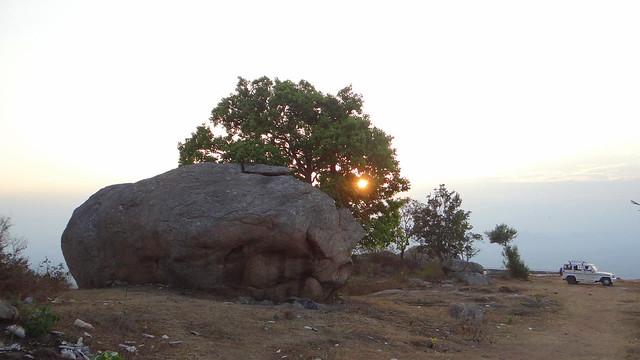


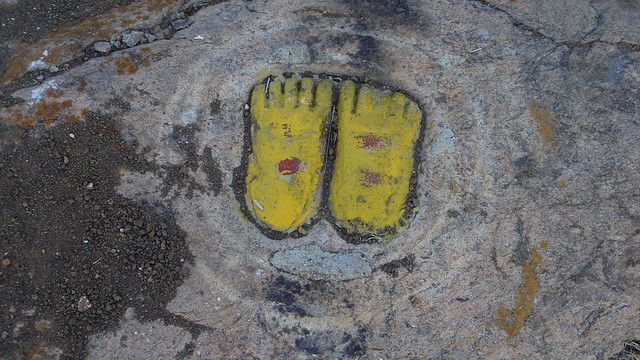
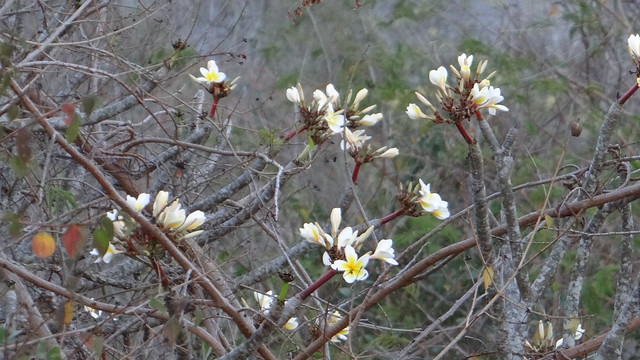
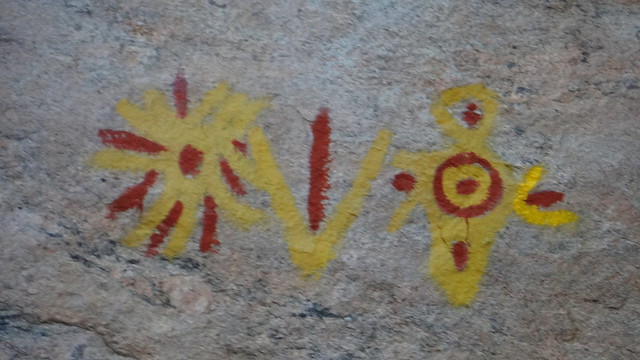

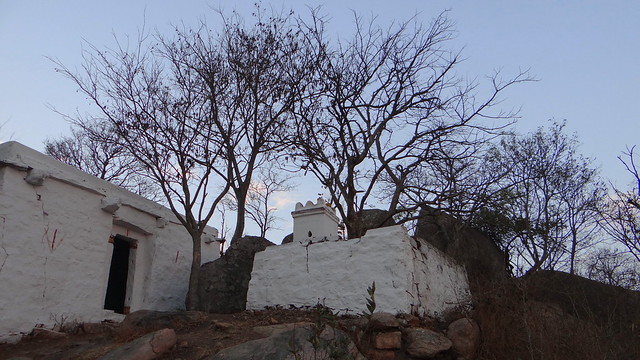
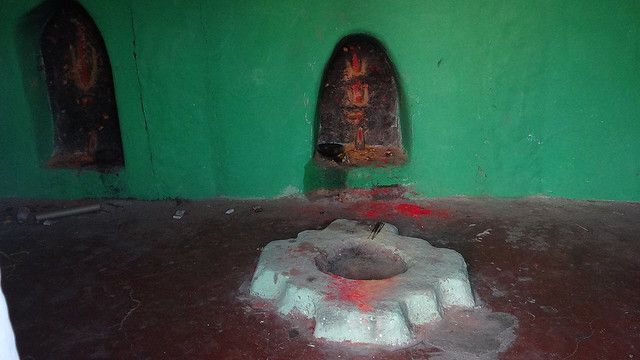
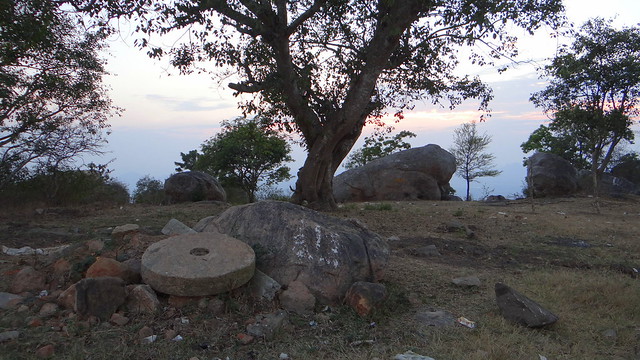
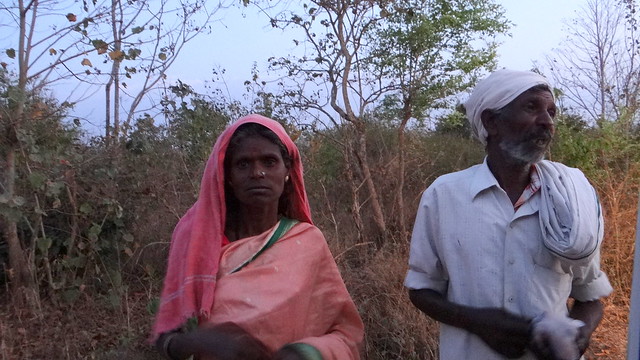
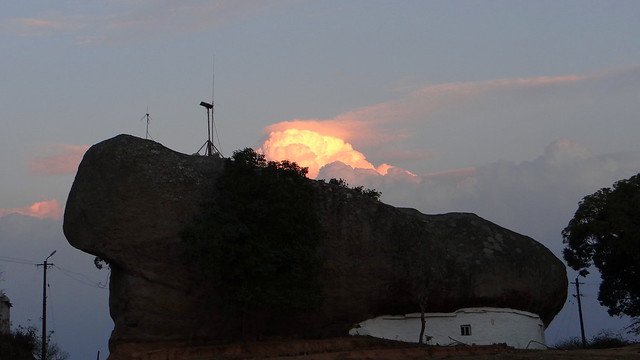
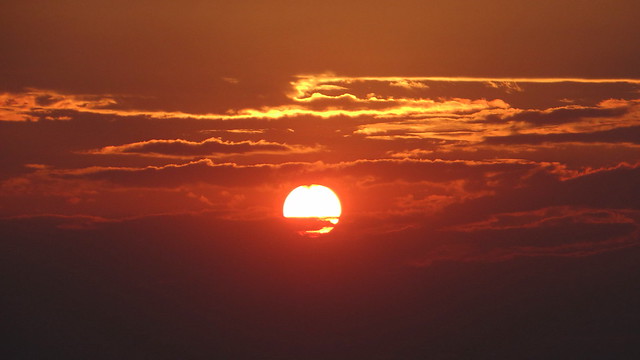


























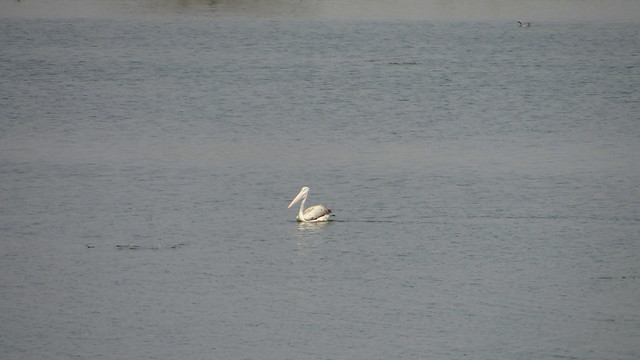






































































 </a
</a






















